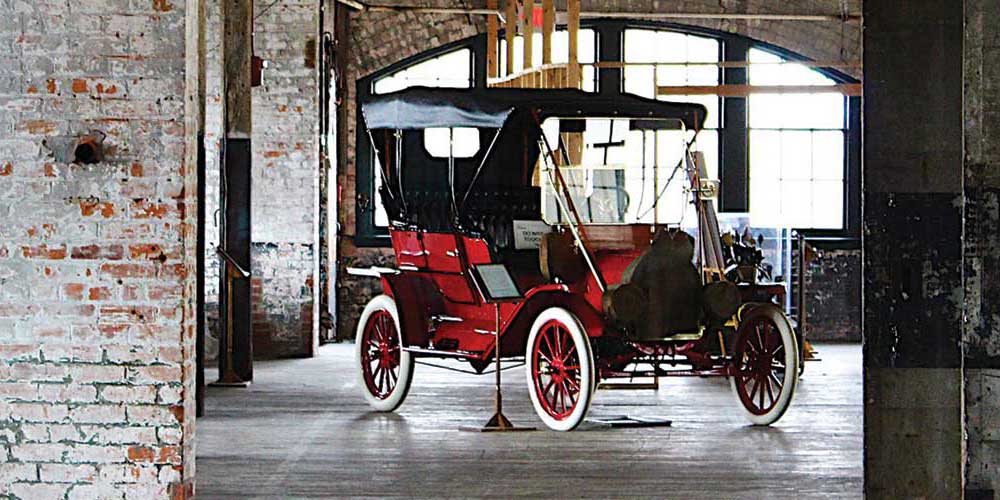By Robert Tate, Automotive Historian and Researcher
Images courtesy of Robert Tate's collection
Posted: 08.06.2017
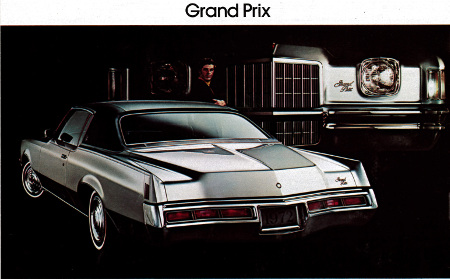 1972 Pontiac Grand PrixThe Pontiac line up for 1972, which featured a new intermediate luxury series, featured a long list of innovative engineering features such as an energy absorbing bumper for all full-size models. The front bumper was designed to compress slightly on low-speed impacts to prevent damage to the vehicle.
1972 Pontiac Grand PrixThe Pontiac line up for 1972, which featured a new intermediate luxury series, featured a long list of innovative engineering features such as an energy absorbing bumper for all full-size models. The front bumper was designed to compress slightly on low-speed impacts to prevent damage to the vehicle.
The most stylish model out of the bunch were the two-door hardtop Grand Prix designs - a nameplate that remained with the Pontiac brand for many years. General Motors at the time called it their personalized luxury car with elegant styling along with comfort and great driving conveniences, which the buying public thoroughly enjoyed.
The Grand Prix models offered the customer a new grille with horizontal and vertical bars. The single headlamps and script letter nameplate added to the distinctiveness of the Grand Prix front end styling look. The Grand Prix rear-end design highlighted a new three-section horizontal tail light display. This particular Pontiac model became one of the best-selling sports coupes for that year.
The models offered standard equipment including power steering, power front-disc brakes, Turbo Hydra-Matic transmission along with a 400 cubic-inch, four-barrel V-8 engine and a dual exhaust system.
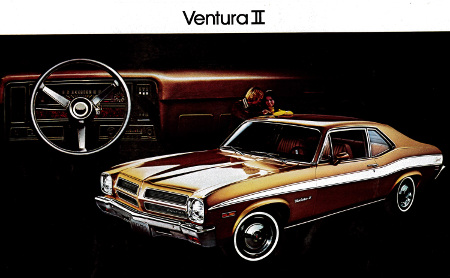 1972 Pontiac Ventura II The Ventura II models were compact economy vehicles that the public really enjoyed. The Ventura II models were introduced in the spring of 1971, and featured a split grille accompanied by stylish horizontal tail lamps. The interior design of the Ventura II featured cloth and Morrokide vinyl bench seats that made for a nice, sporty look.
1972 Pontiac Ventura II The Ventura II models were compact economy vehicles that the public really enjoyed. The Ventura II models were introduced in the spring of 1971, and featured a split grille accompanied by stylish horizontal tail lamps. The interior design of the Ventura II featured cloth and Morrokide vinyl bench seats that made for a nice, sporty look.
Another model under the Ventura II series included the sporty Sprint design, and much like the Grand Prix, was available as a two-door coupe. These 1972 models offered a three-speed manual floor-shift transmission along with a black-out grille and special side striping with a great looking body color.
 1972 Pontiac Catalina
1972 Pontiac Catalina
The 1972 Pontiac Catalina vehicles were full-sized models. The models attracted many customers for great sales and was very popular among the business and sales community. The Catalina models came in six body styles: Two-door hardtop, convertible four-door sedan four-door hardtop and a popular two and three-seat Safari wagon model as well.
The luxury Catalina Brougham models were available as a two-door hardtop, four-door sedan and a four-door hardtop. The Catalina and Catalina Brougham models were equipped with a Turbo Hydra-matic transmission, along with power steering and power front disc brakes that many customers had admired.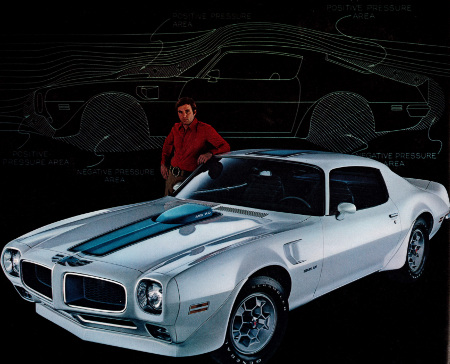 1972 Pontiac Firebird Trans Am
1972 Pontiac Firebird Trans Am
During the 1970s, it wasn’t the aforementioned models that really put the Pontiac brand on the map - it was the very popular Firebird Trans Am models and the famed GTO muscle cars.
The Pontiac sales division had introduced a great looking Trans Am model for 1972. The models offered the customer a shaker hood along with a front-air dam, side-air extractors, spoilers at each wheel and a great looking rear-end design that attracted many young buyers.
For some auto enthusiasts, these Trans Am models may be best remembered for its iconic pin-striping; available in blue with white stripes, white with blue stripes.
The 1972 Trans Am provided the driver with the ultimate performance and handling package with a 455 four-barrel HO engine. The car also had a long list of standard equipment that many consumers thoroughly enjoyed and only ,286 models were manufactured.
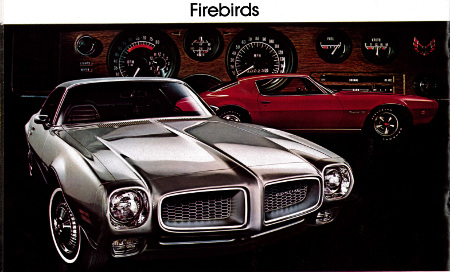 1972 Pontiac Firebird
1972 Pontiac Firebird
One of my favorite designs under the leadership of the late Bill Mitchell, who started his career at GM when hired by Harley Earl in 1935, were the 1972 Firebird models. The Firebird models offered great distinctive styling that included a new grille that was protected by the energy-absorbing Endura bumper.
The models were available as a two-door hardtop and had become very popular among the younger culture. Pontiac had built a reputation on designing very distinctive and stylish Firebird models, which the public had greatly admired at the time. The sales figures, however, were beginning to slide downward and less than 30,000 cars were manufactured in 1972.
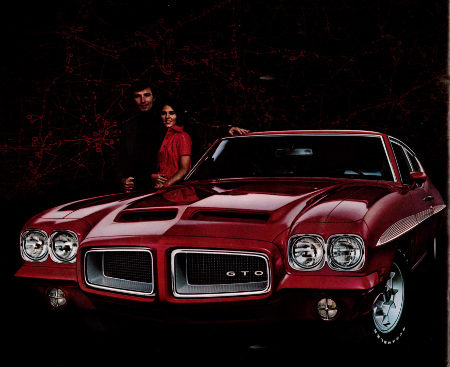 1972 Pontiac GTO
1972 Pontiac GTO
The last model featured in this story is the American classic - the Pontiac GTO. The GTO and Le Mans Sport models were available as options on the Le Mans series. The GTO models were available as two-door hardtop and coupe models for 1972.
The models included side splitters on the performance dual exhausts, a distinctive hood with air scoops, new air extractors on the front fenders, and G70-14 black tires made this a great looking vehicle. The GTO offered the consumer a three-speed floor shifter along with front fenders and with air extractors.
In conclusion, production was up for the first time in four years in 1972, however, it was not enough for Pontiac to regain third place in national sales that year.
For further information on photos please visit http://www.detroitpubliclibrary.org/ or email This email address is being protected from spambots. You need JavaScript enabled to view it.. Please do not republish the story and/or photographs without permission of MotorCities National Heritage Area. Bibliography: Bonsal E., Thomas. “Pontiac the Complete History 1926-1986” Book-man Publishing 1985; Longworth, M. Richard. “Encyclopedia of American cars 1930-1980” 1984.
If you would like to contribute an article for the MotorCities newsletter, email This email address is being protected from spambots. You need JavaScript enabled to view it. or call 313-259-3425.


